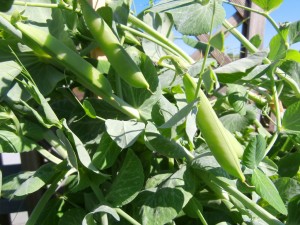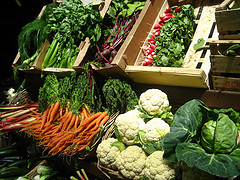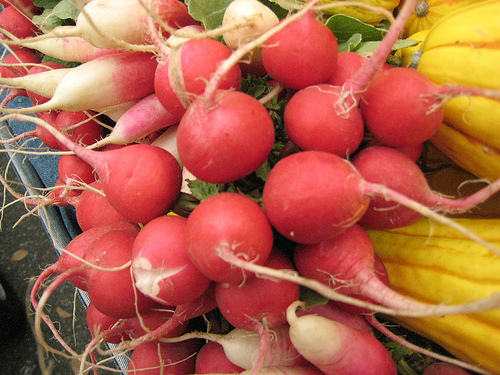 When the weather turns inclement and it becomes clear that nothing will grow outside, it is time to move your vegetable growing indoors. There are a number of vegetables that can be grown in small pots inside your home, and as long as they are taken care of properly, you will be able to enjoy fresh veggies year-round!
When the weather turns inclement and it becomes clear that nothing will grow outside, it is time to move your vegetable growing indoors. There are a number of vegetables that can be grown in small pots inside your home, and as long as they are taken care of properly, you will be able to enjoy fresh veggies year-round!
There are many ways to get your indoor garden started, including purchasing seedlings from your local garden center (which speeds up the process a bit and prevent you having to start them from seeds) and purchasing a pre-made kit that comes complete with pots, plants and soil. No matter which way you choose to go about starting your indoor garden, you still need to follow these four steps to ensure that your plants are successful.
1) Drainage is very important. It does not matter what your pots are made from – they can be clay, plastic or even metal (aluminum) containers. However, they need to have drainage holes in the bottoms, and many smaller holes are far better than one large one. Otherwise, your plants’ roots may become waterlogged. This leads to root-rot, which kills the plants. Make sure that excess water can drain out of each pot, and that the drained water does not “sit” underneath each plant, as this can become troublesome.
2) Choose the right size pot. Not only do your plants need to be in pots with proper drainage, but they also need to be in the right sized ones. Before choosing which ones to use, consider both the diameter and depth. Larger plants like tomatoes and corn (and yes, you can grow corn indoors!) have bigger root systems and will need a large, wide pot that is around 24 inches deep. You can get away with small, shallow ones for plants like herbs, lettuce and radishes. Medium sized plants, like peppers, need a pot that is around 16 inches deep and 18 inches in diameter.
3) Make sure that your plants get enough light. Since you are growing your plants indoors, they may not have access to the natural light that they need. Placing them in a window or sun room, if possible, will work somewhat, but electronic indoor grow lights are a better replacement for natural sunlight. If you are unsure how much light your plants need, take a close look at the growing instructions on the seed packaging or small cards that came with your seedlings. They will have the specific information that you need.
4) Fertilize your plants. Since the soil that you use indoors is slightly different than the soil outdoors, this, combined with the lack of natural sunlight will lead to your plants not getting all of the nutrients that they need. You can make up for this lack of nutrients with a good fertilizer. There are organic fertilizers, as well as chemical and water soluble ones that are designed specifically for indoor vegetable gardens. Each contains the necessary nutrients, and using one will help you produce healthier plants, which in turn means for vegetables for you to enjoy!
Are You Looking For Heirloom Seeds? Botanical Interests Has You Covered
I highly recommend you check out Botanical Interests for heirloom seeds.
Botanical Interests has over 500 high-quality varieties guaranteed to germinate and provide you great vegetables. No GMOs here. Not only is the seed inside their packets the highest quality available, their packets are designed to give you the information you need to be a more successful gardener!
Click here to find the seeds you need.
Pic by www.metaphoricalplatypus.com.





[…] 4 Steps to Healthy Indoor Vegetables […]
[…] Source : beselfsufficient.net […]